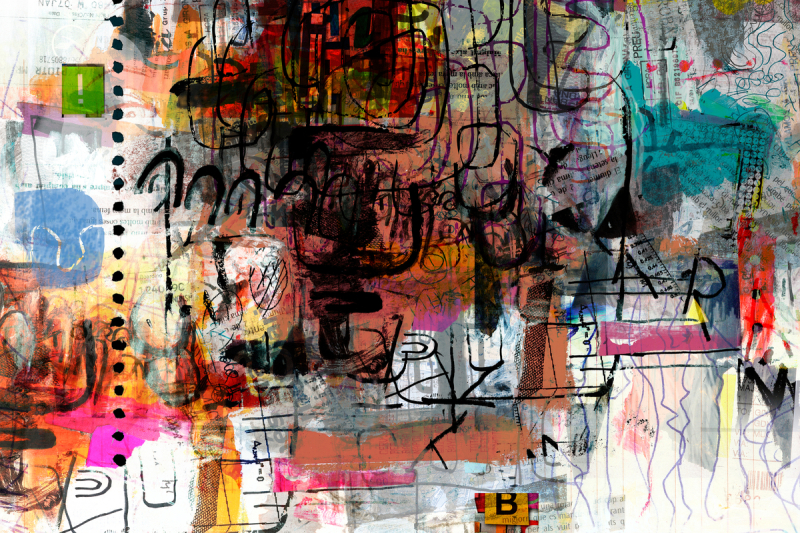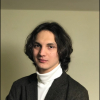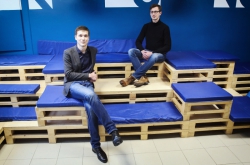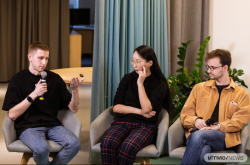Artificial intelligence: instrument or creator?
Artificial intelligence assists humans in various tasks. It can predict the morphology of chemical compounds, weather changes or grape yields, as well as generate original texts. But now, neural networks like DALL-E 2 and Kandinsky have grown capable of creating paintings of anything and in any art style. All that is required from a human is to come up with a text description. For instance, putting in the words “mountain landscape” will create the required image in a matter of seconds. Now, it may seem like the human is practically excluded from this process, since it’s the AI that does most of the work. Nevertheless, experts are of the opinion that modern technologies act more akin to an assistant than the primary author.
“Artificial intelligence fills the same role for a digital artist that brushes and paints do for a traditional artist. It is a tool through which we can give representation to our idea in a certain unique way,” noted Marina Muzyka, the head of the Educational Programs and Projects Support Office at the Faculty of Technological Management and Innovations of ITMO University.
Meanwhile, the creative freedom in modern art lies in the appropriate choice of these “brushes” and “paints” – neural network models and text inputs. For example, if you were to ask a neural network for pictures of a corgi wearing a red hat, you would receive several different pictures within just that one neural network. Now imagine the results if you had used different networks, or constantly elaborated on your query?
“Models that create an image from a text input are based on the process of reverse diffusion – a picture that fits a description is recovered from chaos. As the chaos varies each time, the neural network has a freedom of choice. You can use the same text, but get different chaos and, thus, different images,” explained Denis Dimitrov, the Executive Director on Data Science at Sber.
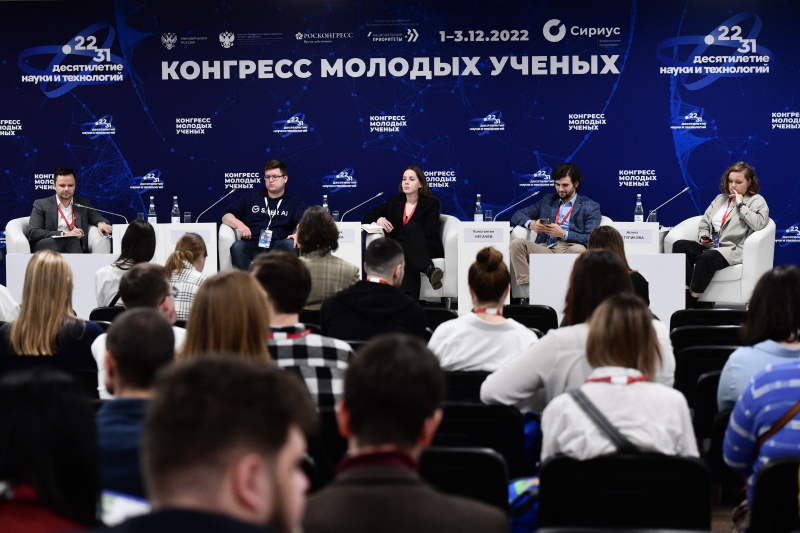
At the panel discussion on digital art. Credit: Pavel Lisitsyn / Congress of Young Scientists photobank / riamediabank.ru
Neural networks: unique art or mass production?
In September 2022, an incident at an American arts competition left professionals in turmoil. Jason Allen, one of the participants, put a painting up for the competition in the digital arts category. The painting, named Theatre D'opera Spatial, was secretly generated by the neural network Midjourney. While the judges put it in first place, this stunt was criticized by Internet users. The artist replied that artworks made using artificial intelligence could be considered art. But really, could they?
“Whether what neural networks generate can be considered art is for the person viewing the artwork to determine. Some believe it is true art. But I am of the opinion that in the future, some processes will be automated and things that used to be created by humans, like printed t-shirts, will be fully performed by machines. I think that neural networks will get really good at creating different types of such content (images, video or sound), but it will be mass-produced. They will be cheap and widely available, but will possess little artistic value,” – shared Denis Dimitrov.
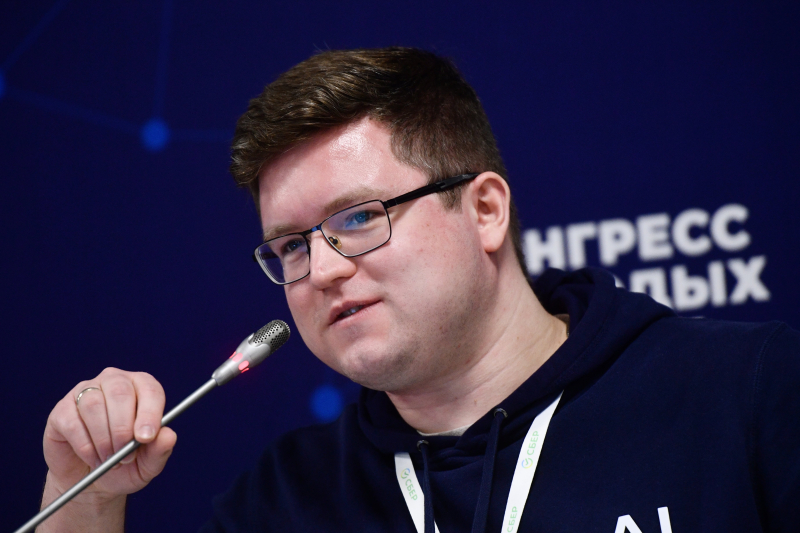
Denis Dimitrov. Credit: Pavel Lisitsyn / Congress of Young Scientists photobank / riamediabank.ru
His opinion is shared by Alina Stulikova, the head of the Department of Cinema and Media Art at the Pushkin State Museum of Fine Arts. In her view, not all digital or conventional paintings possess high artistic or cultural value – and not all of them are recognized as works of art and exhibited in museums. Only experts from a given museum’s procurement board can decide whether a particular piece will be added into the collection – or whether it will be displayed for the public or kept as research material.
See also:
Highlights of the Congress of Young Scientists 2022 in Sochi
Why Apply to Russia’s First Art & Science Program Taught in English
New Head of Art & Science Master’s Program Olga Vad on New Media and Modern Issues
Education for digital artists
Do digital artists today need the same kind of education as specialists in other fields? Experts who attended the discussion titled Digital Art: Evolution of Art and Creativity agreed on one thing: modern art should be an option for everyone, regardless of their professional background. In most cases, individuals who received training in other fields before shifting to digital art can contribute new experience and approaches to the artistic process
“Interdisciplinarity expands the prospects of art in the conventional sense of the word. When they work on the same task, people from different trades – be it physicists, chemists, or artists – see it differently. At the intersection of different industries and schools of thought is where we find new ways to represent ideas and concepts. In that respect, interdisciplinary art gives us the chance to think more freely,” explained Marina Muzyka.
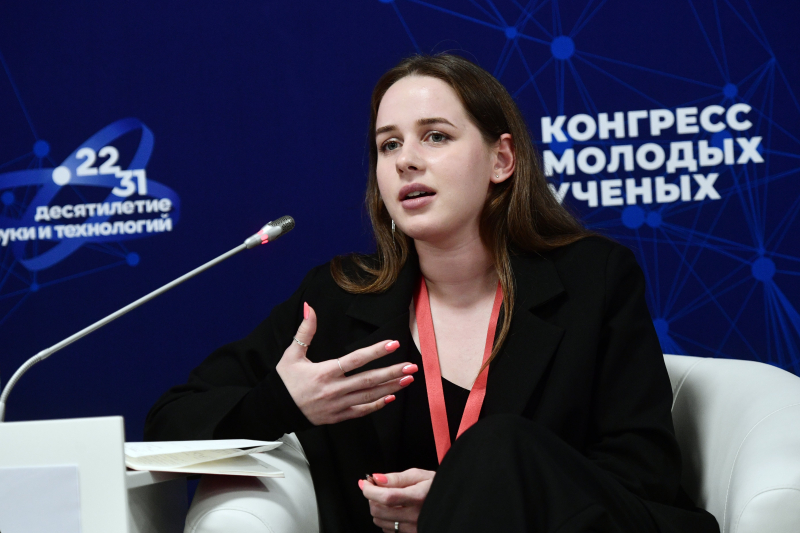
Marina Muzyka. Credit: Pavel Lisitsyn / Congress of Young Scientists photobank / riamediabank.ru
If you’ve set your mind on an art degree, there are several modern art programs to be found in Russia, each unique in its own way. In 2018, ITMO University launched the country’s first English-language Master’s program in Art & Science. Starting in 2022, its students can choose disciplines from a list of elective modules (from AI in Art or Digital Worlds to Bioart), thus developing their individual track. Alongside practicing artists from Russia and abroad, they can work on unique projects and exhibit them as part of their studies. Applications to the program are open for students of various fields because, as Marina Muzyka pointed out, ITMO is a place where technologies, science, business, and interdisciplinarity converge into one.
On December 1-3, the Sirius Park of Science and Art in Sochi is hosting the second Congress of Young Scientists. A key event held as part of the national initiative Decade of Science and Technologies, it brings together over 3,000 participants from 40 countries, including Russia, China, India, and Egypt. During the congress, school and university students, young scientists, and business and government representatives gather to discuss crucial topics of science and share their achievements. As a participant, ITMO is presenting its own technologies and inventions: a “kangaroo robot” and a robot artist, the next generation of wireless chargers, healthy “smart” cookies with microelements and biologically active substances, and more. Scientists affiliated with ITMO will also take part in the event’s business program.
